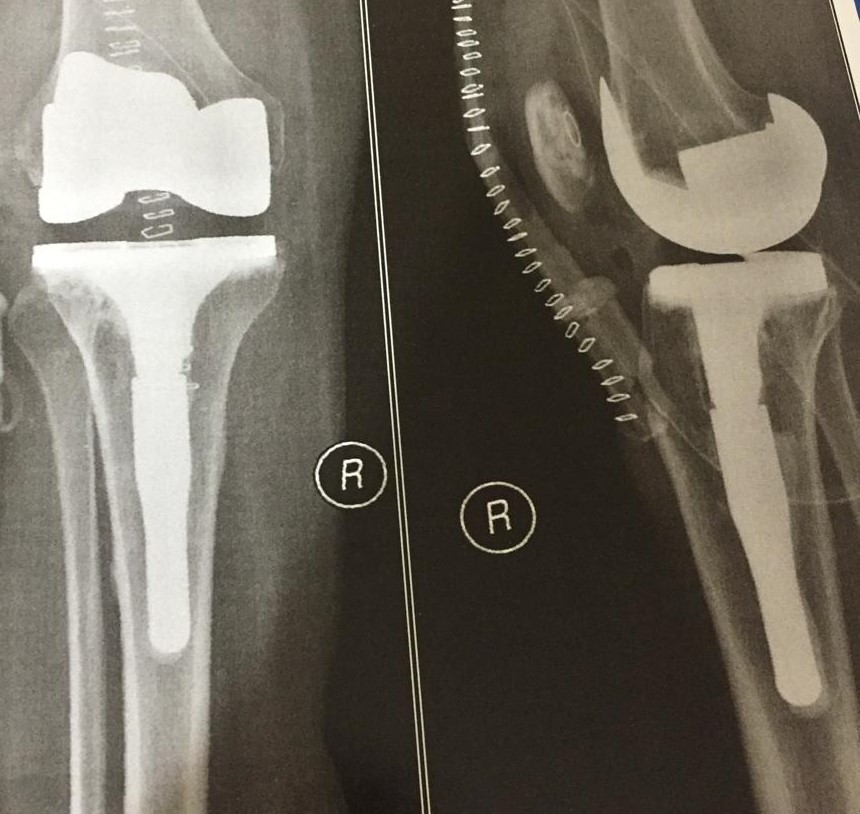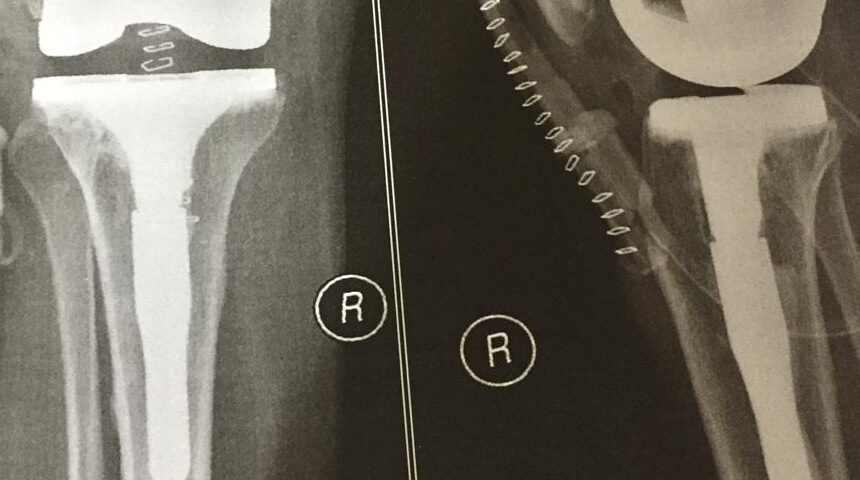
The Pain Journal
September 14, 2024
Left Behind
December 30, 2024In rehabilitation settings in the US, therapists precisely measure the range of motion (ROM) of clients as they recover use of their joints after accidents or operations. This is important for insurance purposes. If a person’s ROM is not improving, insurance may stop covering their treatment. The person has reached their maximum level of rehabilitation. It’s time to go home.
In 1992 when I was a patient recovering from paralysis caused by my spinal cord injury, the physical therapists at Harmarville Rehabilitation Center encouraged me through every small increase in my ROM – in my hip joints, my knee joints, and my ankles. Physical therapists measured my movements and faithfully reported each increase in my records. Thankfully, I slowly and consistently improved beyond all our expectations. After a few months of rehabilitation, I began to walk with tall leg braces and elbow crutches for balance and support. Now the therapists measured the distances I could walk: once around the therapy mat, twice around the therapy mat, to the door of the gym and back, down the hall and back.
After my knee fracture in 1999, I spent hours lying in bed with my leg in a machine that gently moved my right knee joint between flexion and extension. The goal was to maintain ROM and prevent the invasion of scar tissue.
Shortly after this recovery, I ended up back at Harmarville, but this time as a trained occupational therapist on a final internship before graduation. There in the same gym, I made a full circle from patient to therapist (ironically, one who was recovering!). With my heart dedicated to helping people live life despite disabilities, I sat across the table from patients helping them with activities of daily life such as putting on their clothes and making simple meals. I remember precisely measuring the ROM in the left arm of an elderly arthritic lady who was recovering from a stroke. Just as my therapists had encouraged me, I desperately tried to boost the morale of this lonely woman. I knew she could physically do more, but emotionally she couldn’t. My hopeful young heart wanted to help her, but she slapped me down with her words: “I know they are going to send me back to the nursing home. My range of motion is not improving.” Like a deflated balloon, I realized there was nothing I could do for her. She had given up.
Time passes.
“You will be able to flex your knee up to 130 degrees with this state-of-the-art implant.” Wow! Here in 2020, the knee surgeon was providing plenty of ROM temptation! 130 degrees would mean a much higher level of function than I was capable of with my terribly painful knee. One of my first thoughts: Yes! – I would be able to use an Indian squatty potty…. with ease! With the very limited ROM in my awkward knee, I feel like a real loser in many of the bathrooms of Asia.
At this time, in the middle of Covid, I knew that I would need a wheelchair soon if I did not get a total knee replacement. I couldn’t walk from the living room to the kitchen, let alone stand in the kitchen and prepare a meal or in a classroom to teach a class. With no other way forward and the enticing level of ROM dangled in front of me by the doctor, I had the incentive I needed. Pain was my motivator; increased ROM was my dream for the future. Let’s do it!
Now, almost four years after my knee replacement, the ROM in my right leg is more limited than it ever was. Interesting. I longed for that ROM. I dreamed of it. I wanted it badly, but despite very faithful rehabilitation, scar tissue won and left me limited. After three operations on the same knee and the implant needing to have a longer extension than normal, these limitations are not necessarily surprising – just deeply disappointing.

I watch my daughter curl her legs up on the couch and read a book. It looks so comfortable. I watch people descend stairs. I note the precise control and range they have with their back leg as their forward foot touches the next step down. I watch people stand and notice the degree of extension with which they effortlessly support themselves. People don’t notice my observations, and I think to myself, “I bet they have never even thought about what amazing ROM they have.”
These kinds of thoughts don’t help me much.
Should I give up?
Well, yes and no.
“Don’t worry about ROM. Let’s think about function.” This advice from a wise PT has helped me shift my focus. This shift means that I’m not going to obsessively and painfully stretch my leg every day trying to regain a few more degrees of motion. It means that though I will check my ROM every now and then, I’m not going to bed worried that each moment spent not stretching means I’ll lose ROM. It means I’m going to accept the limited ROM that I have even though it means I can’t straighten my leg fully or bend it to a 90-degree angle. I’m going to stop wondering why I couldn’t get the ROM I dreamed of, and I’m going to stop blaming myself. I’m going to focus on being thankful that I’m not in as much pain as when I had a greater ROM.
My new goal is to live as well as possible within my current ROM. Within my range of degrees of movement in my right leg, I want to get as strong as possible. I’m finding new ways to slowly strengthen what I can. I celebrate the small victories. Within the distance I can walk each day, I want to enjoy each step. Maybe I can think about who I’m walking with and the depth of our conversation rather than how far I walk or how many steps I take. Why don’t I take the time to sit on a bench, feel grounded, breathe and observe the beauty around me? We talk often about quality over quantity, but to make the switch in our thinking goes against cultural tides and personal desires.
I want to be present to what I have.
What I have is God with me each moment of my day…each step…no matter what ROM is involved.
In other posts I’ve mentioned that I’m continually working on new ways of redefining success. My original therapists and my occupational therapy training (backed up by insurance company policies) firmly planted in my mind that ROM was one of the best indicators of success in physical rehabilitation. If I continue to think this way, the rest of my “leg life” looks like a failure. What a gloomy future that would be.
All of us carry this ROM idea inside us, but we use different words. We all desire increase in certain areas and go to great lengths to achieve that: I’m successful if I make $XXX,XXX/year. I’m healthy if I get X steps each day. I’m successful if I travel to X number of countries or have X weeks of vacations. I’m healthy if I can run XX miles. I’m powerful if I get this job or teach X many classes. I’m popular if I have X number of good friends or social activities. I’m respected if I get good grades or have X number of degrees.
This post offers a discernment challenge. There are times in life to focus on increasing ROM of life. There are times to accept what we have and actually experience it.
Can you choose to live well within your ROM — within the boundaries of your life and resources?
Friends, if you have read this far, thank you! Please know that we made some changes to this website and now the subscription option is working! If you would like to receive updates through email about when I make a new post, please subscribe!


